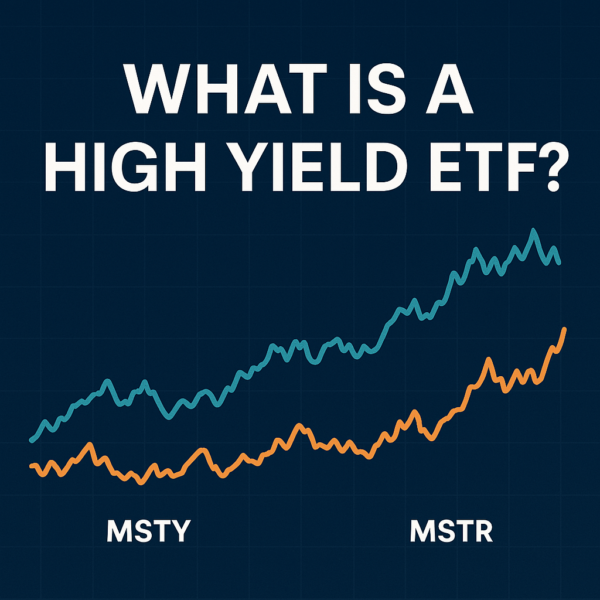Oil ETFs to Buy in 2022
Having previously looked at renewable energy, individual energy companies, and ETFs, today we’ll shift to oil ETFs. With oil being one of the hottest commodities on the market, exploring potential investment opportunities makes sense. Today we’ll look at potential oil ETFs to buy, depending on your specific interests and risk tolerance.

Top Oil ETFs to Buy
No. 3 United States Oil Fund (NYSE: USO)
The United States Oil Fund is probably the best known oil ETF to buy. With about $2.6 billion in AUM, the fund tracks the price of Western Texas Intermediate Sweet Light Crude Oil. With exposure to only one specific asset, through futures contracts on the commodity, the fund can be incredibly volatile. When adding in potential contango risks, the fund can be quite risky for the average investor. For those reasons, the fund probably should not take up a large portion of your portfolio. In addition, holding the fund for only a short period of time may be most advisable. The fund has an expense ratio of 0.81%, which is lower than other oil ETFs.
Despite a recent surge in share price, the ETF is still down compared to where it was three years ago. On May 13, 2019, the ETF was trading above $103. As of today, the ETF is trading for around $79, after being below $48 last November. Therein lies the risk with oil ETFs, not just USO in particular. In the specific periods when oil is surging, the ETFs vastly outperform the market. However, in the period when oil is not, oil ETFs underperform the markets. For that reason, oil ETFs may be best reserved for those needing a hedge, or speculators.
Keep reading for more on oil ETFs to buy.
No. 2 United States Brent Oil Fund (NYSE: BNO)
The United States Brent Oil Fund bears significant similarity to the USO. The only difference is that the BNO tracks the spot price of Brent Crude Oil, not WTI Crude Oil. BNO is also significantly smaller than USO, with only a few hundred million in AUM. However, whereas USO has underperformed the market over a three year span, BNO has outperformed the broader markets. On May 13, 2019, BNO was trading just above $20.50. In late November of 2021, the ETF was trading above $18.70. As of today, the ETF is trading above $30.80, a remarkable increase. With an expense ratio above 1.0%, the ETF is reasonably expensive. However, given the fund’s performance, shareholders may be more inclined to excuse the high cost.
No. 1 iShares U.S. Oil & Gas Exploration & Production ETF (NYSE: IEO)
Next on our list of oil ETFs to buy is the iShares U.S. Oil & Gas Exploration and Production ETF. IEO tracks an index comprised of US companies involved in the exploration, production and distribution of oil and gas. Being diversified across different companies, instead of allocating all resources to a single commodity, lowers the overall risk of the ETF. With an expense ratio of around 0.42%, the ETF is also significantly less expensive than the previous entries on the list.
Like BNO, and unlike USO, IEO is up over the past three years. Trading at around $57.60 on May 13, 2022, the ETF currently trades above $83.50. However, like previous entries, most of the gains have come in the last several months. In late November of 2021, the ETF was trading just above $60. With a three Star rating from Morningstar, the ETF isn’t that highly rated.
Conclusions on Oil ETFs to Buy
With the price of oil continuing to set record highs, oil investments may continue to outperform the market. When picking from potential oil ETFs to buy, be sure you understand the risks associated with the investment. While picking an ETF that tracks a single commodity has the potential to outperform a diversified portfolio, the inverse is also true.
In general, derivative contracts, which are what USO and BNO are based off of, carry elevated levels of risk. If you can tolerate the risk, as well as the expense ratio(s), the return may be worth it. However, given the relatively poor performance of oil prior to last November, understand that this run can end as quickly as it began.





